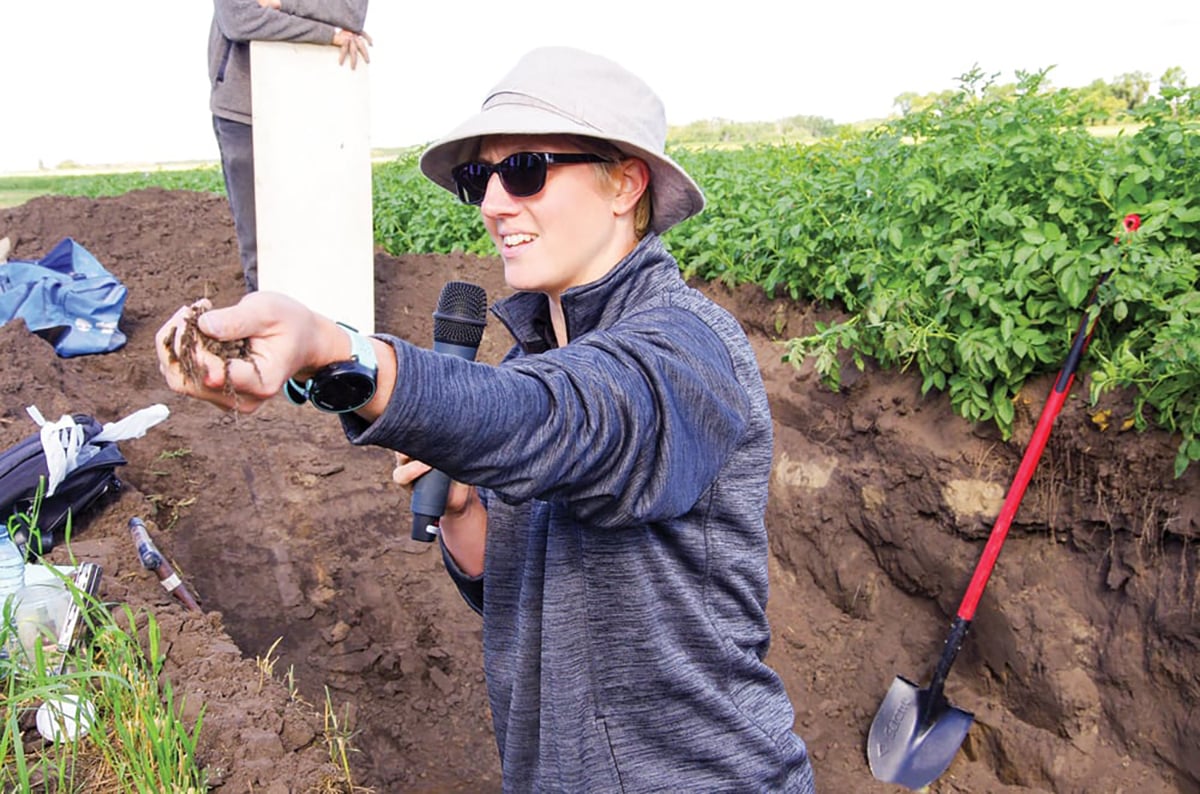The federal government is spending $11 million on grain research to develop new wheat and barley varieties.
Most of the funding, $8 million, will be used to create the Canadian Wheat Breeding Cluster, which will bring together researchers working to develop wheat varieties that offer higher yields and higher quality with lower production costs.
Researchers will focus on varieties that are more resistant to disease and insects, promote efficient nutrient and water use and capitalize on opportunities in new markets.
“Clusters are being set up in virtually every area of agriculture,” said Conservative MP David Anderson, who announced the funding in Saskatoon last week.
Read Also

Fall soil testing tips for smart fertilizer plans
Quality crops next year start with quality soil test data, which starts with Manitoba farmers using the best possible soil sampling practices in fall 2025
“There’s a cluster for dairy, a cluster for horticulture, a cluster for organics. This will be the wheat research cluster. The desire is to bring the leading researchers and academics together and have them focus on some of these issues.”
The government will also spend $2.8 million on barley breeding and related research.
“One of the dynamics of agriculture is that it’s always changing,” Anderson said.
“In order to stay ahead of the rest of the world, we need to make sure we’re leading the way in these changes. This is an attempt to do some of that.”
Keith Degenhardt, chair of the Western Grains Research Foundation, said the money will increase the capacity to develop new wheat and barley varieties.
“It’s really going to speed things up,” he said.
“What this means to us now is that we can further enhance what producers are investing in wheat and barley development by about 50 percent. There will be a better turn around time on varieties being developed.”















